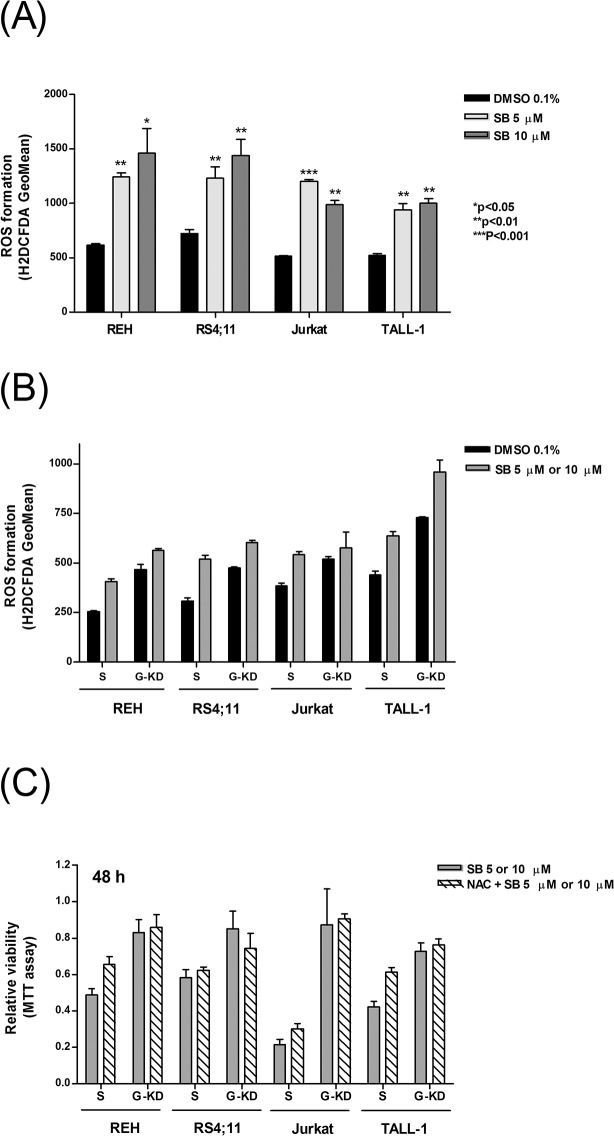Fig 5. SB225002 and GLIPR1 knockdown effects on ROS generation in ALL cells.
(A) Reactive oxygen species production in B-ALL (REH and RS4;11) and T-ALL (Jurkat and TALL-1) cells treated with DMSO (vehicle; 0.1%) and SB225002 [5 μM and 10 μM]. Cells were treated for 24 h. (B) ROS generation in GLIPR1-knockdown (G-KD) versus control scramble (S) cells treated with DMSO (vehicle; 0.1%) or SB225002 [10 μM] for REH and RS4;11 or SB225002 [5 μM] for Jurkat and TALL-1 for 24 h. (C) Effect of N-Acetyl Cysteine (NAC; a ROS scavenger) pre-treatment on the survival of GLIPR1-knockdown (G-KD) versus control scramble (S) ALL cell lines upon SB225002 treatment for 48 h. Cells were pre-incubated or not with NAC [10 mM] for 3h prior to the SB225002 treatment. SB225002 was used at [10 μM] (REH and RS4;11) or [5 μM] (Jurkat and TALL-1). S = scramble transfection control; G-KD = cells infected with GLIPR1-shRNA lentiviral particles (Sigma-Aldrich). P values were calculated using two-tailed Student’s t-test.

